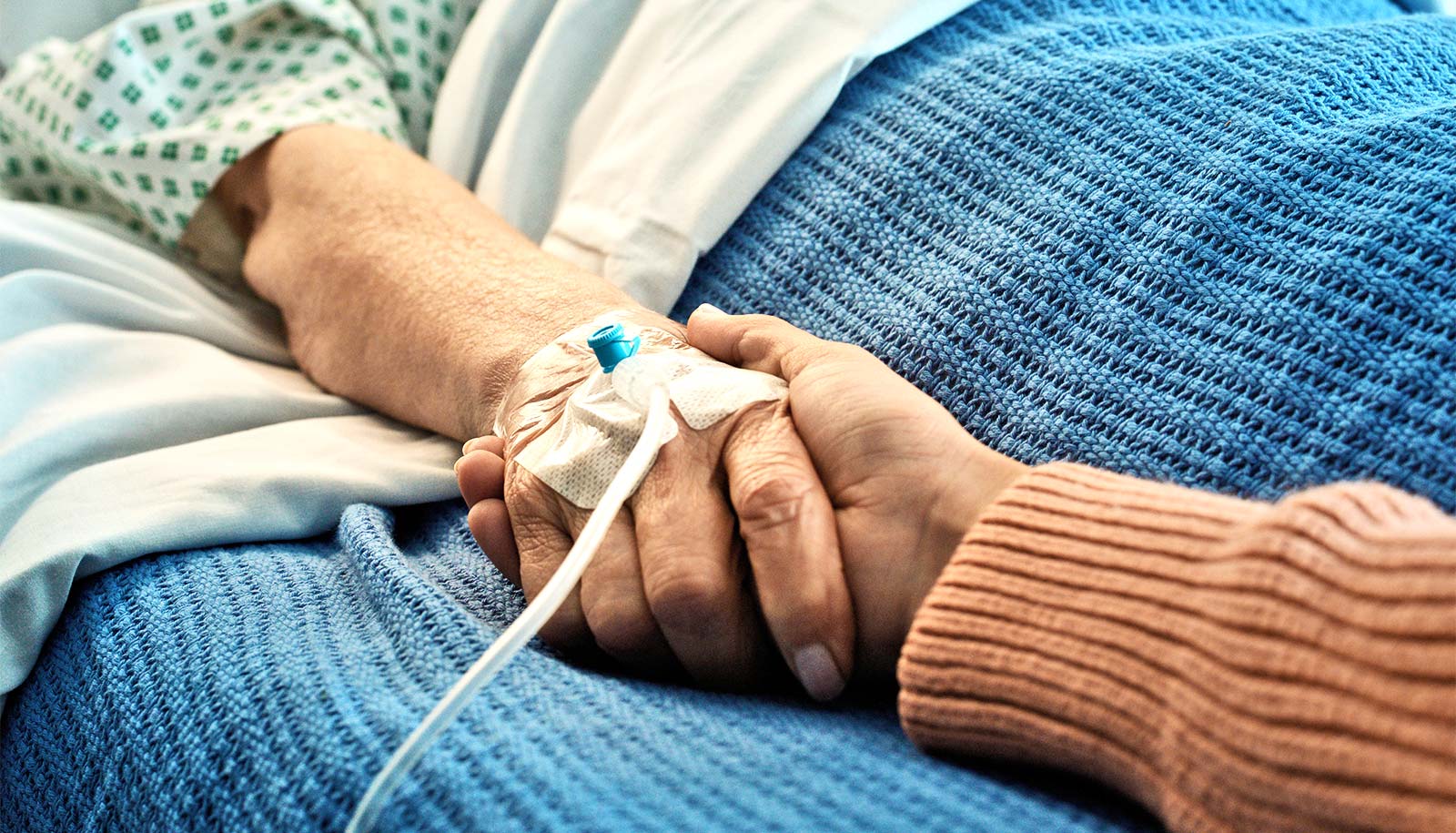Researchers have uncovered the first molecular steps that lead to immune system activation and eventual rejection of a transplanted organ.
The findings, published in Science Immunology, could be useful for creating better donor-recipient matches and developing new ways to prevent rejection of transplanted tissues.
Approximately 50 percent of all transplanted organs are rejected within 10 to 12 years, so there is a great need for better ways to reduce or eliminate organ rejection, explains co-senior author Fadi Lakkis, chair in transplantation biology at the University of Pittsburgh’s School of Medicine and scientific director of the university’s Thomas E. Starzl Transplantation Institute (STI).
“For the first time, we have an insight into the earliest steps that start the rejection response,” Lakkis says. “Interrupting this first recognition of foreign tissues by the innate immune system would disrupt the rejection process at its earliest inception stage and could prevent the transplant from failing.”
The immune system is composed of innate and adaptive branches. The innate immune system is the first to detect foreign cells in the body and is required to activate the adaptive, or acquired, immune system. The mechanisms underlying this second phase of immune activation following organ transplantation are well studied, but the details of how innate immunity contributes to rejection have, until now, remained unknown.
‘Stowaway’ cells may make lung transplants fail
In the new study, researchers used a classical genetic mapping approach to show that in mice a molecule called SIRP-alpha leads to innate immune system activation and differs between unrelated individuals.
When the transplanted tissue SIRP-alpha is different from the host tissue SIRP-alpha, the transplant SIRP-alpha binds to a receptor called CD47 that is located on the recipient’s monocytes, a class of innate immune cells. This binding kicks off a series of cellular events that activate the innate and then eventually the adaptive immune system.
Like mice, humans also express SIRP-alpha, so sequencing the gene to identify donors and recipients with matched forms of the molecule hopefully will lead to lower organ rejection rates in the future, Lakkis says.
Can 3D printing keep lab-grown organs alive?
Blocking the interaction between SIRP-alpha and CD47 in mice prevented the monocyte activation, suggesting that disruption of this coupling could prevent recipient immune system activation. Future studies to examine how the interaction between SIRP-alpha and CD47 leads to monocyte activation could lead to new ways to prevent organ rejection.
Coauthors of the study are from the Hospital for Sick Children and University of Toronto; the University of Pittsburgh; and Kobe University.
Funding came from the National Institutes of Health, the American Heart Association, the Canadian Institutes of Health Research, and the Natural Sciences & Engineering Research Council of Canada.
Source: University of Pittsburgh



